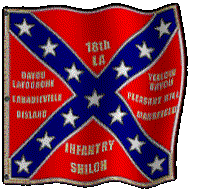Click 👉 TODAY IN HISTORY (general history) April 7.
ON THIS DAY IN HISTORY, April 7.
1861: Fort Sumter Campaign: Confederate General Beauregard in Charleston, South Carolina sends a message to U.S. Army Major Robert Anderson, in command of the small garrison at Fort Sumter, that there will be no further communications with Confederate officials.
1862: On the second day of the Battle of Shiloh, Tennessee, the Federal Army under Maj. Gen. U.S. Grant begins an aggressive push against the now badly outnumbered Confederates under Gen. P.G.T. Beauregard. Grant, with reinforcements, now has about 45,000 men to Beauregard's 20,000 effective. The Confederates put up a stiff resistance but by 2 o'clock in the afternoon, it is clear to the Confederate leader that he must withdraw back to Corinth, Miss. before his army is overwhelmed. The Louisiana Creole organizes a masterly retreat in the face of overwhelming numbers and gets his army substantially back to Corinth. After two days of the bloodiest fighting yet in the war, the Federals lost 1,754 killed, 8,408 wounded, and 2,885 captured or missing, for a total of 13,047. The Confederates suffered 1,728 killed, 8,012 wounded, and 959 captured or missing for a total of 10,699.
1863: First Battle of Charleston Harbor, S.C.: Gen. Beauregard, again in command of Charleston, S.C., including Fort Sumter, thwarts the first attempt by the Federal Navy to retake Charleston Harbor. The Federal warships, under the command of Rear Admiral Samuel Francis Du Pont, get the worst of an artillery duel with Confederate shore batteries. The ironclad USS Keokuk is so badly damaged that it sinks the following day. Confederates managed to salvage two 11-inch Dahlgren guns to strengthen their batteries. Casualties are light on both sides.
1864: The Battle of Wilson's Farm takes place in the Red River Campaign. The cavalry battle is between Confederate Brig. Gen. Tom Green's cavalry division with Brig. Gen. James Major's Texans charged unexpectedly at Brig. Gen. Albert L. Lee's Federal cavalry three miles north of Pleasant Hill. Since Green's Texans arrived, the Confederates have become very aggressive. The two sides engage in fierce close-quarters fighting and the Southrons break through and attack some of the leading supply wagons. The Federals manage to drive the Texans back several miles before the fight ends. Casualties for the Federals number 53, while Confederate losses are unknown. Lee is concerned and asks for infantry support.
1865: Appomattox Campaign: There is heavy fighting between retreating Confederate infantry and cavalry at the Battle of High Bridge, Va. at the Appomattox River, near Farmville. The Federals succeeded in capturing the south bridge, but they suffered 847 casualties including 800 captured, while the Confederates lost about 100 men.
CONFEDERATE GENERAL BIRTHDAYS, April 7.
Brigadier General Alexander Welch Reynold's exact day of birth is unknown, but it is believed to be sometime in April 1816 or August 1817 in Frederick County, Virginia. He graduated from West Point in 1838, ranking 35th out of 45 cadets. In the Mexican-American War, he was an assistant quartermaster with the rank of captain. In 1855, Reynolds was dismissed from the service for theft of government funds. He had become wealthy and was able to get his rank restored in 1858. He left the U.S. Army in 1861, was listed as AWOL, and joined the Confederate Army. He became the colonel of the 50th Virginia Infantry and received a promotion to brigadier general. His service included the Kentucky Campaign, the Vicksburg Campaign, including the Battle of Champion Hill and the Siege of Vicksburg, the Chattanooga Campaign, and the Atlanta Campaign. Following the war, he served as a colonel in the Egyptian Army and died May 26, 1876, in Alexandria, Egypt. He is believed to be either buried in the Patton Tomb in the Old Stone Church Presbyterian Cemetery in Lewisburg, W. Va., or in an unmarked grave in Alexandria, Egypt. There is also a plaque with his name and dates on it at his wife's burial site in the Church of St. James the Less, Philadelphia, Pa. but he is believed not to be buried there.
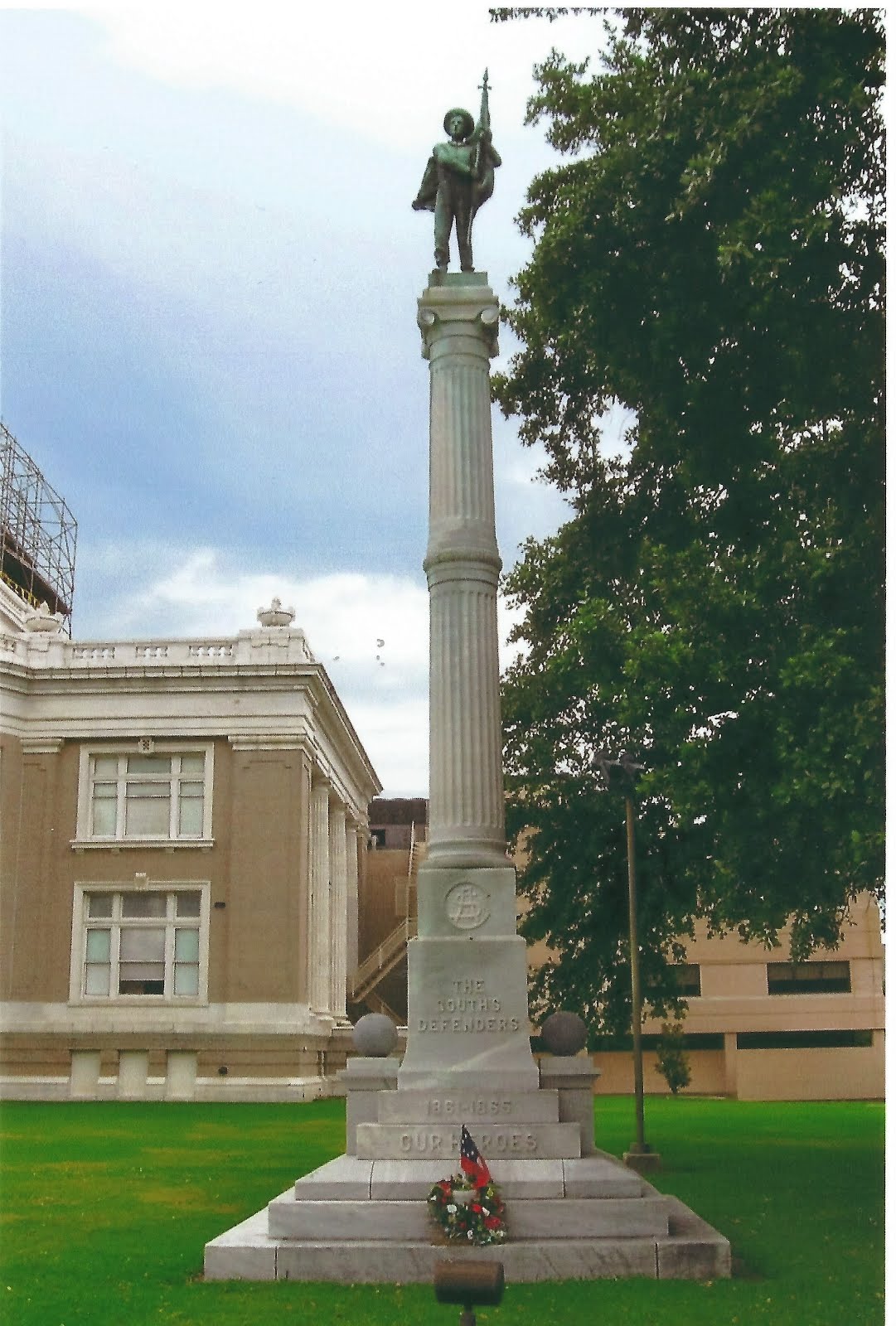




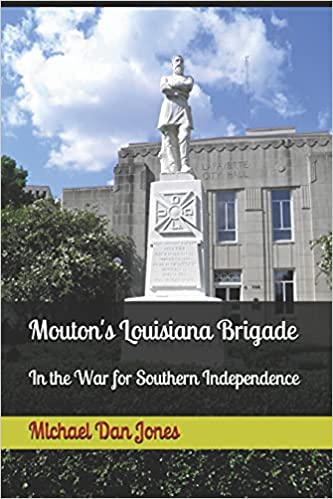


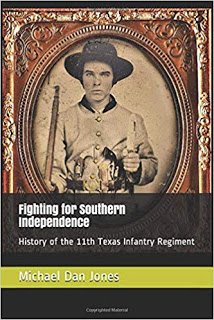
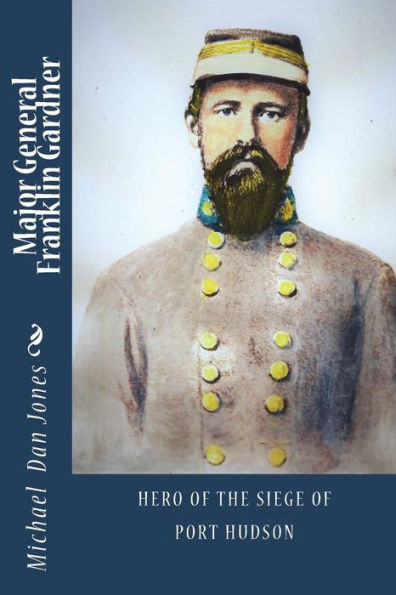




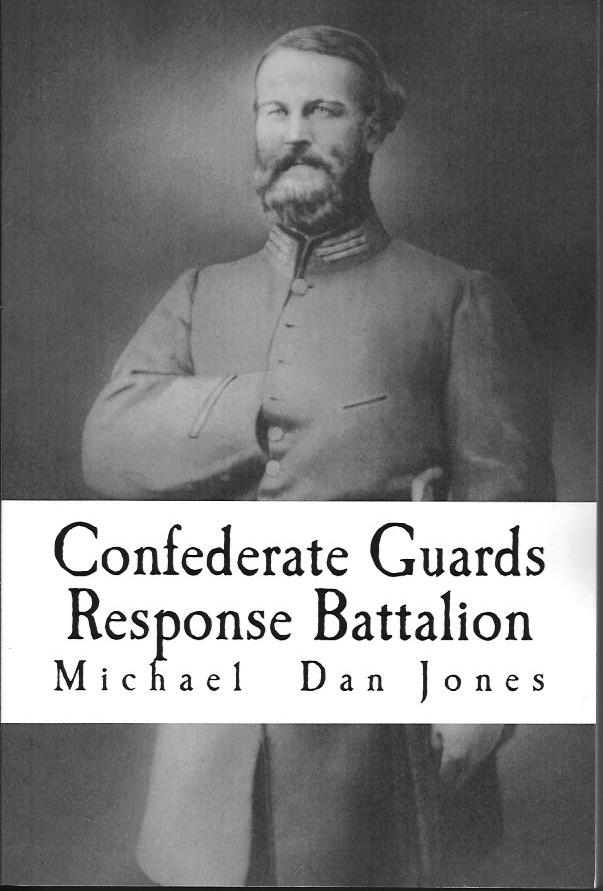












.jpg)















































